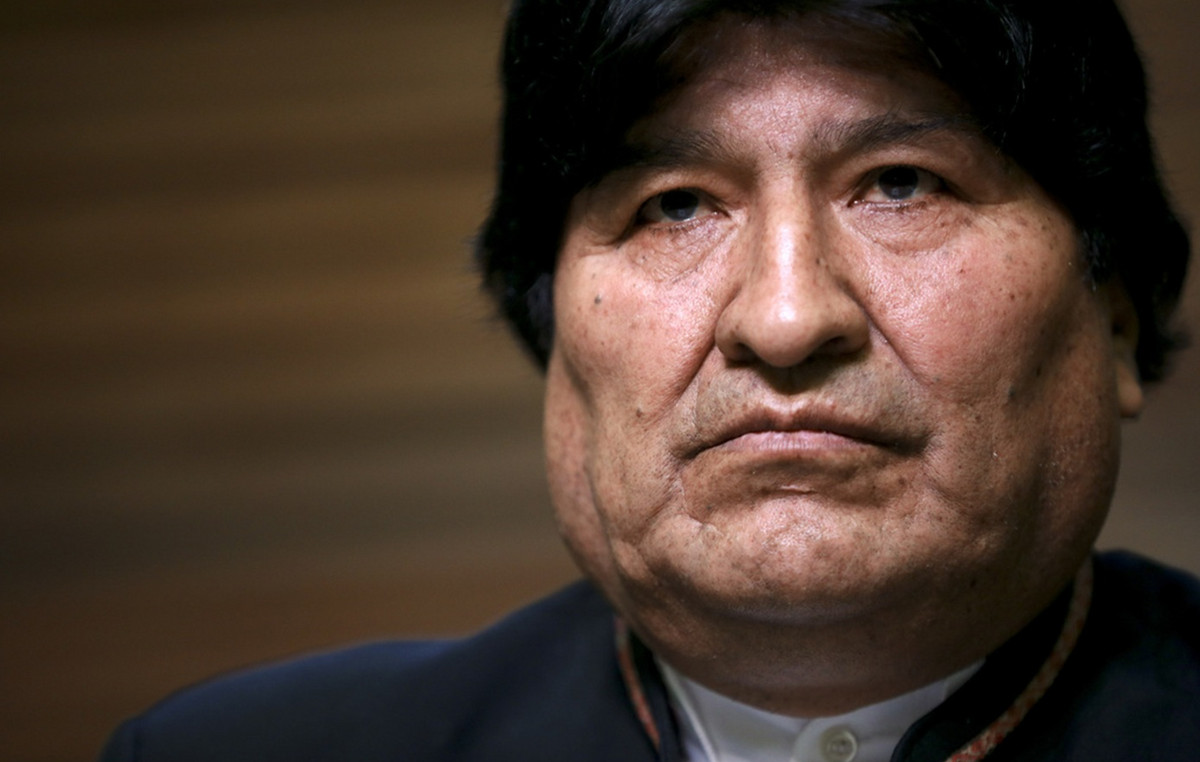- The USD/MXN records profits for the fourth consecutive day on Monday.
- The US dollar benefits from the risk aversion climate governing the markets.
- The Chicago PMI improves forecasts in March, reaching its best figure since November 2023.
- The US government tariffs that will be applied on April 2 and 3 keep operators in suspense.
The USD/MXN opens the week registering its fourth consecutive day earnings. The PAR is quoted between a daily minimum in 20.33 and a maximum of the day in 20.44. At the time of writing, the dollar is quoted in front of the Mexican peso over 20.41, winning 0.17% in what we have been working on.
The dollar is rebuked after the improvement of the PMI of Chicago, focus on US tariffs that will be announced this week
The US dollar index has begun the day falling to a minimum of eleven days in 103.75 but the unexpected improvement of the PMI of Chicago has driven a daily roof of 104.34.
The Chicago PMI index has risen 2.1 points in March, standing at 47.6 in front of Loas 45.5. This is its highest level in 16 months. In addition, the indicator has improved market expectations, since a setback was expected at 45.4.
The focus of the market, in any case, is in the tariffs of the United States. This Wednesday, President Donald Trump will announce on what percentage what countries are imposed by reciprocal tariffsbeing able to also inform the rates that will be applied to imports from the automobile sector as of April 3.
As reported by the Wall Street Journal during the weekend, Trump’s advisors are considering imposing global tariffs of up to 20% on all imports to the United States. On the other hand, Trum pointed out yesterday that if Moscow continues to block negotiations to end war with Ukraine, he could impose secondary tariffs between 25% -50% to Russian oil buying countries.
Mexico could reach an agreement with the US on tariffs
The President of Mexico, Claudia Sheinbaumsaid Saturday at an event held in Baja California that his country It is in negotiations with the United States “because we do not want tariffs”.
Sheimbaum recalled that in Mexico there are many factories that have a lot of products for the United States, and added that “we do not want Mexico to be charged for exports from Mexico to the United States because our economies are very integrated. The United States is integrated with Mexico and Mexico with the US”
USD/MXN Price levels
The relative force index (RSI) of 14 suggests more short -term profits for the USD/MXN in much of the temporal graphics. An overcoming of 20.45, maximum of Friday, March 28 and higher level of the last three weeks, could cause a larger rebound towards the region of 20.99/21.00, where we find the March ceiling and a psychological zone, respectively.
Down, the first support is located at 20.23, a mobile average of 100 periods in time graph. Below the round level of 20.00, we find a containment zone in 19.95, land of March 25, prior to 19.84, minimum of 2025 recorded on March 14.
Mexican weight FAQS
The Mexican weight (MXN) is the most commercialized currency among its Latin American peers. Its value is widely determined by the performance of the Mexican economy, the country’s central bank policy, the amount of foreign investment in the country and even remittance levels sent by Mexicans living abroad, particularly in the United States. Geopolitical trends can also affect MXN: for example, the Nearshoring process (or the decision of some companies to relocate the manufacturing capacity and supply chains closer to their countries of origin) is also considered a catalyst for the Mexican currency, since the country is considered a key manufacturing center in the American continent. Another catalyst for MXN is oil prices, since Mexico is a key exporter of the raw material.
The main objective of the Central Bank of Mexico, also known as Banxico, is to maintain inflation at low and stable levels (in or close to its 3%target, the midpoint of a tolerance band between 2%and 4%). To do this, the bank establishes an adequate level of interest rates. When inflation is too high, Banxico will try to control it by raising interest rates, which makes the indebtedness of homes and companies more cooling, thus cooling the demand and the economy in general. The highest interest rates are generally positive for Mexican weight (MXN), since they lead to higher yields, which makes the country a more attractive place for investors. On the contrary, lower interest rates tend to weaken the MXN.
The publication of macroeconomic data is key to evaluating the state of the economy and can have an impact on the valuation of the Mexican weight (MXN). A strong Mexican economy, based on high economic growth, low unemployment and high confidence is good for MXN. Not only attracts more foreign investment, but it can encourage the Bank of Mexico (Banxico) to increase interest rates, particularly if this fortress is accompanied by high inflation. However, if the economic data is weak, the MXN is likely to depreciate.
As an emerging market currency, the Mexican weight (MXN) tends to rise for periods of risk, or when investors perceive that the general market risks are low and, therefore, are eager to participate in investments that carry a higher risk. On the contrary, the MXN tends to weaken at times of market turbulence or economic uncertainty, since investors tend to sell higher risk assets and flee to the most stable safe shelters.
Source: Fx Street
I am Joshua Winder, a senior-level journalist and editor at World Stock Market. I specialize in covering news related to the stock market and economic trends. With more than 8 years of experience in this field, I have become an expert in financial reporting.







